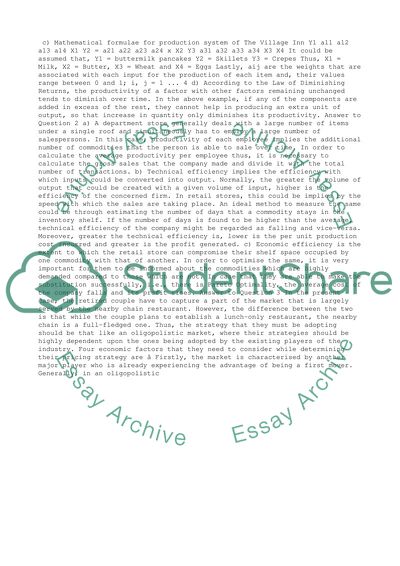Cite this document
(“APPLIED MANAGERIAL ECONOMICS Research Questions Paper”, n.d.)
APPLIED MANAGERIAL ECONOMICS Research Questions Paper. Retrieved from https://studentshare.org/management/1431607-applied-managerial-economics-research-questions
APPLIED MANAGERIAL ECONOMICS Research Questions Paper. Retrieved from https://studentshare.org/management/1431607-applied-managerial-economics-research-questions
(APPLIED MANAGERIAL ECONOMICS Research Questions Paper)
APPLIED MANAGERIAL ECONOMICS Research Questions Paper. https://studentshare.org/management/1431607-applied-managerial-economics-research-questions.
APPLIED MANAGERIAL ECONOMICS Research Questions Paper. https://studentshare.org/management/1431607-applied-managerial-economics-research-questions.
“APPLIED MANAGERIAL ECONOMICS Research Questions Paper”, n.d. https://studentshare.org/management/1431607-applied-managerial-economics-research-questions.


